Cantaloupe or muskmelon (Cucumis melo L.) and watermelon (Citrullis lanatus var. lanatus) are annual plants with a trailing vine growth. Cucumis melon has several botanical subgroups. In the United States, reticulatus and inodorus are commercially grown, while the remaining groups are grown for niche or local markets. In Malaysia, cantaloupe muskmelon is a favourite especially the one with striking golden yellow colour of which they called it Golden Langkawi (fig 1 above)
A true cantaloupe has no netting on the rind, is often warty, and many will not abscise or slip from the vine when mature (Figure 1). True cantaloupes are widely grown in Europe and Asia and include varieties such as Charentais, Prescott, D'Alger and Petit gris de Rennes.
A muskmelon (Cucumis melo var. reticulatus) has a pronounced netting on the fruit, is aromatic, and slips from the vine when mature. Most wholesale markets prefer an oval to round muskmelon with medium to heavy netting and slight ribbing, while some local markets prefer lightly netted, deep-ribbed types. The terms muskmelon and cantaloupe are often used interchangeably in the world markets.
Galia melons are green-fleshed, aromatic muskmelons with a golden-yellow, netted rind. Galia melons are adapted to warm, dry climates and are often called desert melons. Rainfall during flowering and fruit formation significantly lowers the quality of Galia melons.
Mini seedless watermelons (less than 6 pounds) are becoming popular with coWatermelons are classified as seeded diploids or seedless triploids. Seedless watermelons have higher production costs but may be profitable as an early-season crop in a high tunnel. A seedless watermelon is a cross between a diploid (two sets of chromosomes), seeded variety and a tetraploid (four sets of chromosomes) line. The resulting plant is sterile with three sets of chromosomes. Seedless cultivars must have pollen from a seeded, diploid cultivar to set fruit.nsumers as single-serving melons. Melons and watermelon are second only to bananas in total U.S. per capita consumption of fresh fruit. Melons are low in fat and sodium, have no cholesterol, and provide many essential nutrients such as potassium. Watermelons are an excellent source of lycopene, which is credited with reducing many forms of cancer.
Temperature for Both melons and watermelon are native to Africa and thrive in warm, dry climate with a long growing season. The optimal growing melons and watermelons is 70 to 85 degrees
 Fahrenheit.
Fahrenheit.
A true cantaloupe has no netting on the rind, is often warty, and many will not abscise or slip from the vine when mature (Figure 1). True cantaloupes are widely grown in Europe and Asia and include varieties such as Charentais, Prescott, D'Alger and Petit gris de Rennes.
A muskmelon (Cucumis melo var. reticulatus) has a pronounced netting on the fruit, is aromatic, and slips from the vine when mature. Most wholesale markets prefer an oval to round muskmelon with medium to heavy netting and slight ribbing, while some local markets prefer lightly netted, deep-ribbed types. The terms muskmelon and cantaloupe are often used interchangeably in the world markets.
Galia melons are green-fleshed, aromatic muskmelons with a golden-yellow, netted rind. Galia melons are adapted to warm, dry climates and are often called desert melons. Rainfall during flowering and fruit formation significantly lowers the quality of Galia melons.
Mini seedless watermelons (less than 6 pounds) are becoming popular with coWatermelons are classified as seeded diploids or seedless triploids. Seedless watermelons have higher production costs but may be profitable as an early-season crop in a high tunnel. A seedless watermelon is a cross between a diploid (two sets of chromosomes), seeded variety and a tetraploid (four sets of chromosomes) line. The resulting plant is sterile with three sets of chromosomes. Seedless cultivars must have pollen from a seeded, diploid cultivar to set fruit.nsumers as single-serving melons. Melons and watermelon are second only to bananas in total U.S. per capita consumption of fresh fruit. Melons are low in fat and sodium, have no cholesterol, and provide many essential nutrients such as potassium. Watermelons are an excellent source of lycopene, which is credited with reducing many forms of cancer.
Temperature for Both melons and watermelon are native to Africa and thrive in warm, dry climate with a long growing season. The optimal growing melons and watermelons is 70 to 85 degrees

 Fahrenheit.
Fahrenheit.

























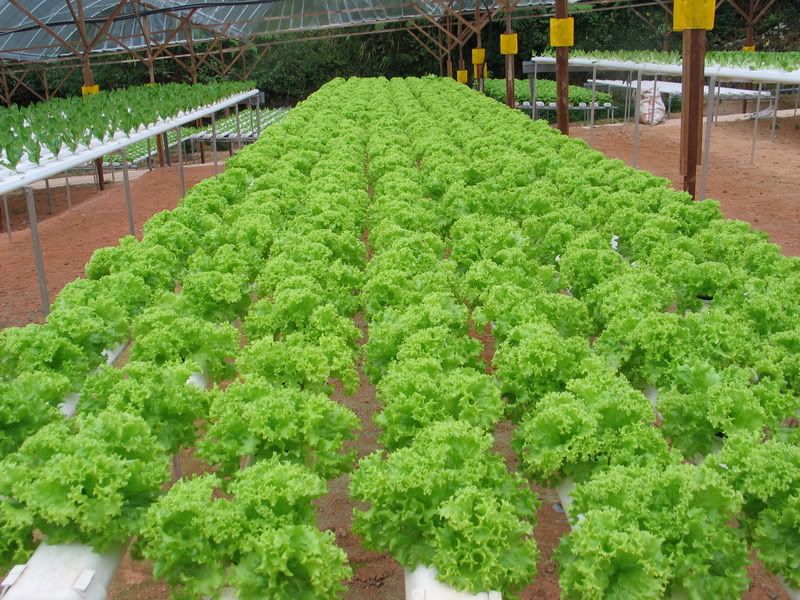
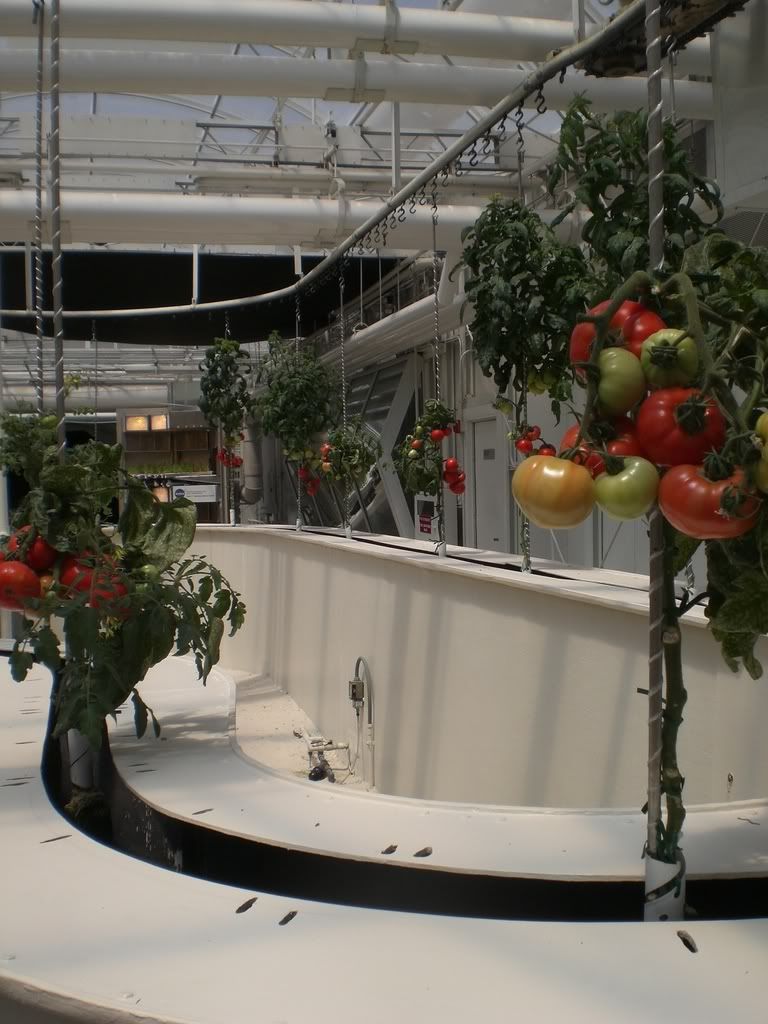
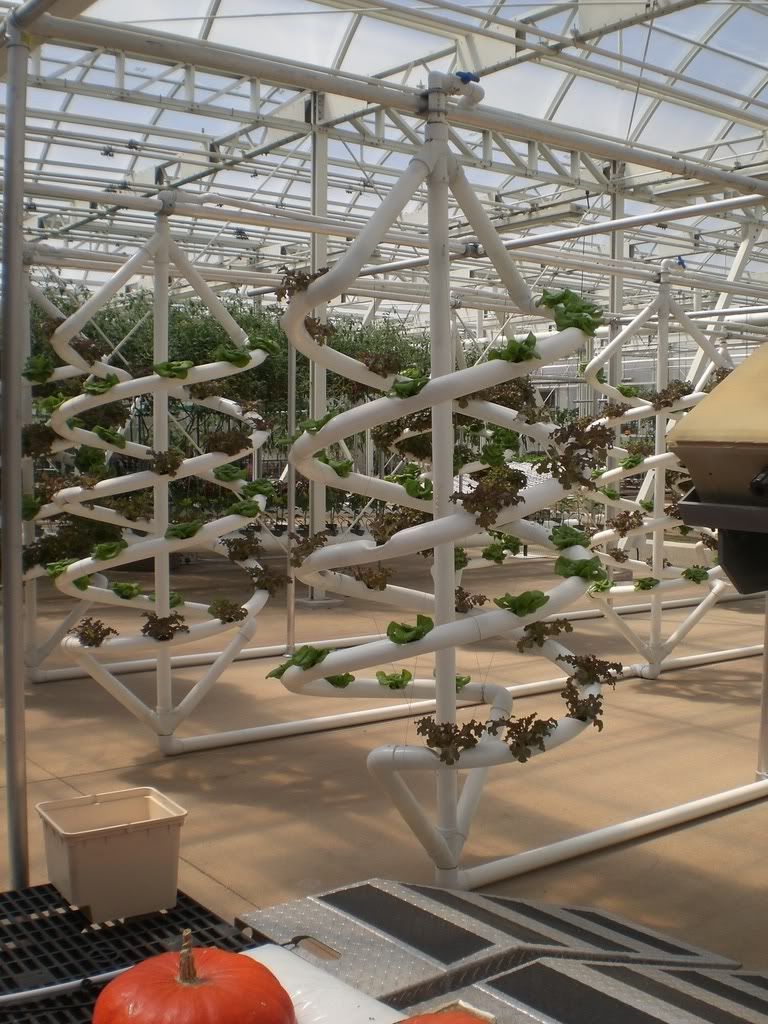
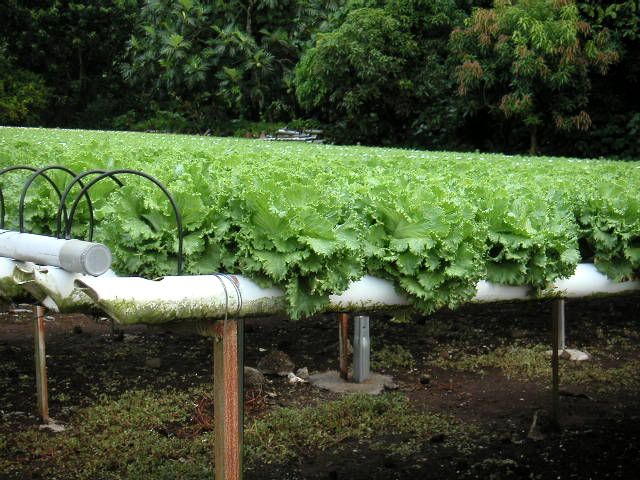
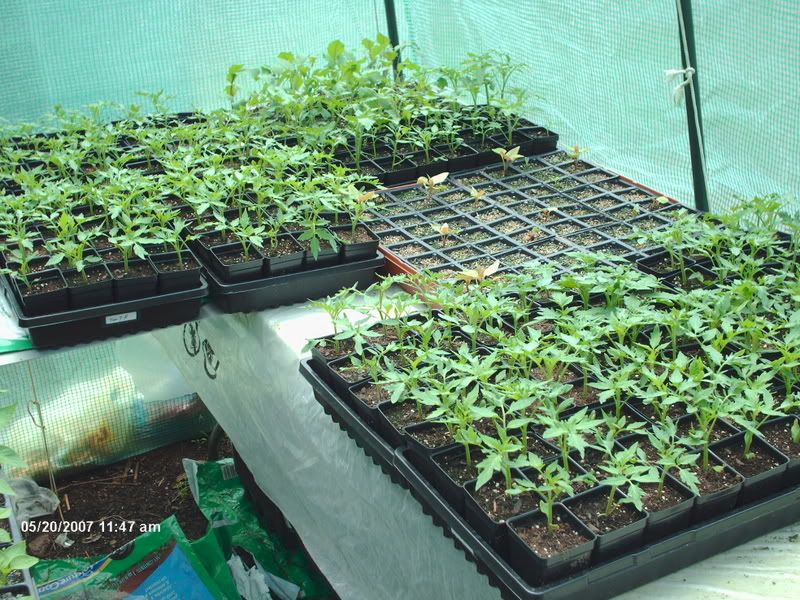
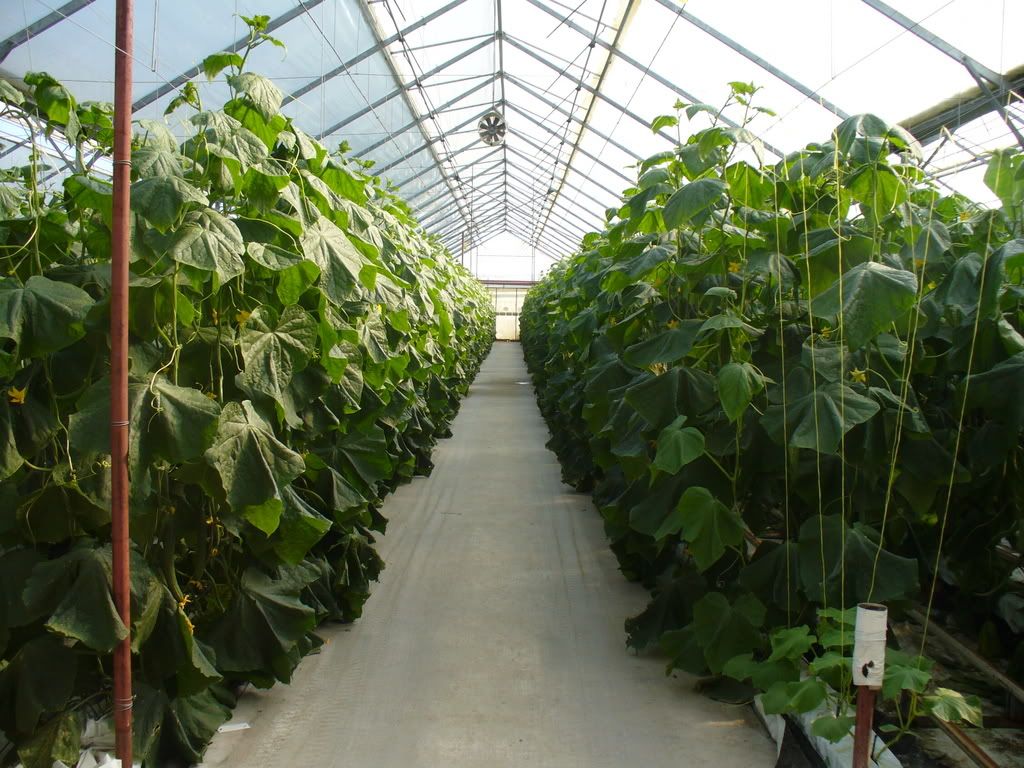
No comments:
Post a Comment